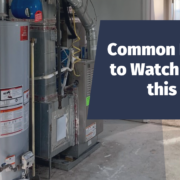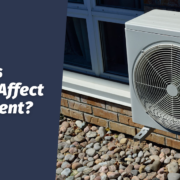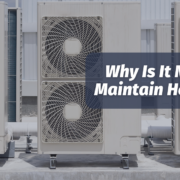Weathering the Storm
Hurricane season is still prevalent throughout most of the United States, which means many of our larger electronics are at risk of being damaged. In some instances, with enough notice of a storm you can simply shut off some of these devices altogether, but that might not be at the top of mind under server circumstances. ICM Controls has both single and three surge protection devices which can serve as a great preventative option for you.
Have an Inclement Weather Plan
If you’re notified that a storm is headed towards your residential or commercial real estate, ICM Controls wants you to be prepared and your larger expensive electronics to be protected. With each storm there is a chance that a surge could happen causing severe damage to your systems and their surroundings making for a costly repair.
How Can a Hurricane Cause a Power Surge?
A category 3 or 4 hurricane can contain wind speeds ranging from 111-156mph which could cause significant structural damage knocking out power lines potentially causing a surge to unprotected electronics.
Hurricanes can cause surges to happen in several ways; from falling trees bringing down power lines and high speeds knocking over poles. This abrupt rush of electrical current creates an inrush which most systems are not equipped to handle on their own. Without additional protection this elevated current can overload the system damaging circuit boards, AC or heat pump compressors, motors, wires, capacitors and many other parts making for an expensive repair or new purchase.
Reducing the Impact of a Surge
ICM Controls has several single and three phase surge protection devices available to help reduce the impact in the event of a power surge.
Provided is some insight into notably our tried and true ICM517A single-phase surge protection device which has been designed to protect valuable single-phase equipment by dissipating momentary voltage spikes and transient power surges. Applications include the protection of motors, electronics, air conditioning systems, appliances, refrigeration and more.
The 517A is constructed in a robust cast aluminum enclosure for maximum durability, this NEMA Type 4X rated indoor/outdoor installation enclosure offers a superior level of protection from corrosion and extreme environments. To view the full product specifications of ICM517A, click here.
In addition, we have our ICM530 series what are four models of type 1 and type 2 three-phase surge protection devices for three-phase Delta and three-phase Wye configurations.
When a surge occurs, the ICM three-phase surge suppressor will absorb the surge up to the specified limitations of the device. ICM incorporates superior thermally protected metal oxide varistor technology into the three-phase surge suppressors, which allows for safe disabling of the surge elements when a surge exceeds the thermal limits of the device. There is a single status light on the controls which identifies operational status when illuminated.
The ICM 3-phase surge suppressors can be installed as a Type 1 or Type 2 device for both indoor and outdoor applications. To view our fill product specifications of the ICM530 series, click here.
—————————————————————————————————————————–
ICM Controls manufactures both OEM and aftermarket products under its own brand names for HVAC, Electrical, pool & spa, marine, and recreational vehicle markets.
We manufacture a wide range of Surge Protection Devices, Line Voltage Monitors, Fan Blower Controls, Time Relays, Defrost Boards, and Universal Furnace Control Boards. We have worked closely with some of the world’s most renowned business giants for decades. To learn more, visit www.icmcontrols.com













